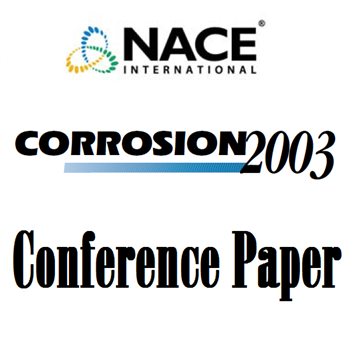Search
51316-7668-Tank Linings Cure Response during Cold Winter Months; Ready for Immersion Service?
Also Purchased
03058 100% Solids Tank Lining Systems Extended Coating Life Equals Dollars Saved
Product Number:
51300-03058-SG
ISBN:
03058 2003 CP
Publication Date:
2003
$20.00
51312-01399-Tank Linings for High Temperature Services
Product Number:
51312-01399-SG
ISBN:
01399 2012 CP
Publication Date:
2012
$20.00
51314-3763-Premature Coating Failure of a Tank Lining System
Product Number:
51314-3763-SG
ISBN:
3763 2014 CP
Publication Date:
2014
$0.00




